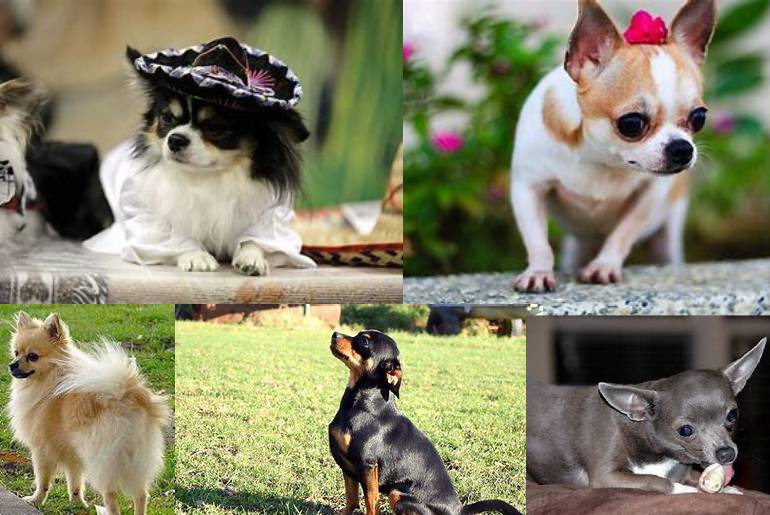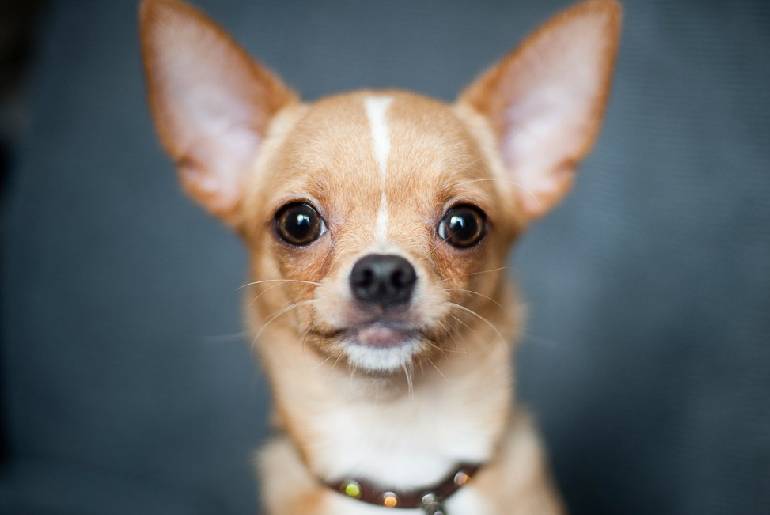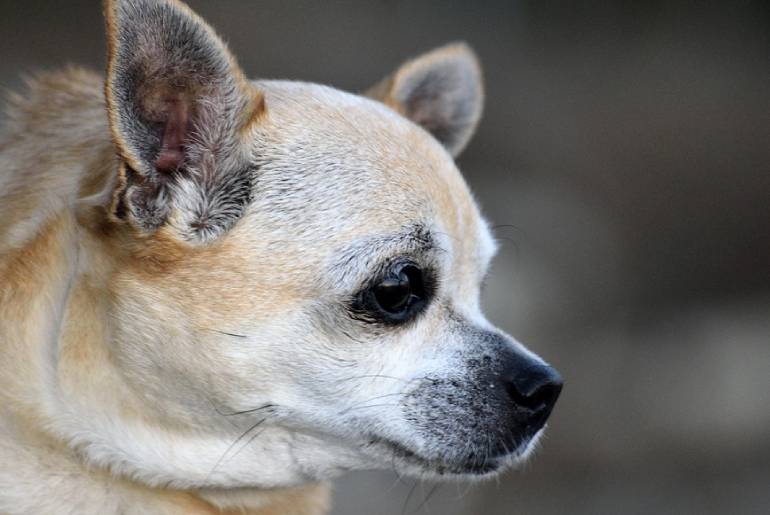Chihuahuas are small, long-haired dogs that shed very little. They come in many different colors, and their fur can change as they grow older. The fur on Chihuahua’s back is usually lighter than the rest of its body because it faces away from the sun. This article will answer the question, “why does the fur of my chihuahua change color?”
The fur of a Chihuahua changes color as the dog ages. The coats of young dogs are generally lighter in color and become darker with age. There is no certain time when the change starts, but it usually happens gradually from puppyhood onward.
It’s important to know that health conditions can also cause your pet’s hair to change colors suddenly or dramatically without warning signs, such as flea allergy or tumors.
Do Chihuahuas Fur Get Darker As They Grow Old?
Yes, Chihuahua’s fur gets darker as they grow old. In general, male Chihuahuas tend to have darker coats than females do.
Coat pattern also plays a role in determining color because some breeds contain both light-colored and dark-colored hair strands mixed on their coat.
At What Age Do Chihuahua Coats Starts To Change Color?
The coat of a young female Chi is typically lighter than that of an adult or older dog. A male’s hair is usually darker when he reaches adulthood, and it darkens even more with each passing year after the first few months.
Depending on genetics, health conditions, and other factors such as the natural aging process, it can start changing color anytime between four months and ten years old.
When Should I Be Concerned About My Chihuahua’s Fur Changing Color?
If you notice any sudden changes in your Chihuahua’s fur color, consult with your veterinarian immediately. While many cases of color change are normal and nothing to worry about, several health conditions can cause this symptom.
Factors That Determine The Shade Of Color Of Chihuahua’s Fur
Various factors can determine the shade of the Chihuahua’s fur. The color can change or even stay the same depending on the factors. Let us learn about those:
Coat Pattern
The fur on a Chihuahua’s back is usually lighter than the rest of its body because it faces away from the sun.
Genetics Of Parents
The color of a Chihuahua’s fur can also be determined by genetics. If one or both parents have darker hair, their offspring will likely inherit that trait.
The genes of the Chihuahua’s parents play a role in determining the shade of its fur. If one or both of the parents have black hair, their offspring are likely to have black fur as well.
Health Conditions
Several health conditions can cause a change in the color of your Chihuahua’s fur. Some common diseases that may result in this symptom are sudden changes in hormones (puberty), flea allergies, tumors, and other medical conditions such as burns or autoimmune disorders.
Other health conditions that can cause a change in your Chihuahua’s coat color include Addison’s disease, autoimmune disorders, and tumors.
Natural Aging Process
As dog’s age, they often go through a natural process where their hair gradually becomes darker. This is due to changes in the production of melanin.
What Diseases Can Change The Color Of Chihuahua?
Some diseases that may result in a Chihuahua’s coat changing color are:
Flea allergy:
In flea-allergic dogs, the skin becomes inflamed after contact with flea saliva. This inflammation can make the hair shafts brittle and break off easily, which leads to excessive shedding (alopecia) and changes in hair color. The most common areas for fleas to bite are around the dog’s neck, back, and chest.
Tumors:
Skin tumors, such as mast cell tumors and melanomas, can also cause hair loss and changes in the skin color where they appear.
A few types of cancer may even spread to other parts of your dog’s body through its lymphatic system or bloodstream. This will affect their overall health condition too.
Injury, Burns, And Other Medical Conditions:
Other medical conditions that result from an injury or burn could lead to a chihuahua’s coat changing color due to scar tissue formation at the injured site.
This is often seen after surgery, especially if recovery took longer than expected because there was a delay in the healing process caused by infection or another secondary problem during recovery time.
Autoimmune Disorder (E.G., Addison’s)
Autoimmune disorders (e.g., Addison’s) can also cause changes in the color of your Chihuahua’s fur. Addison’s disease is an autoimmune disorder that may change Chihuahua’s coat colors, especially if not treated on time.
In Conclusion:
As humans, dogs will also undergo changes as they age. And one sign that it’s happening is a hair color or texture change. This can be normal. But other symptoms, such as excessive shedding of dark hairs throughout the day, could indicate health issues. The ones that need immediate attention at a veterinary clinic. Treatment options are often determined based on individual case assessments. It may include medications, surgery, etcetera.
If you have any other worries, consult your vet properly. It is necessary to ask for help when it is certain you need one.
Here to becoming a good dog parent, Cheers!
Good Luck!!








